Wordless Picture Books
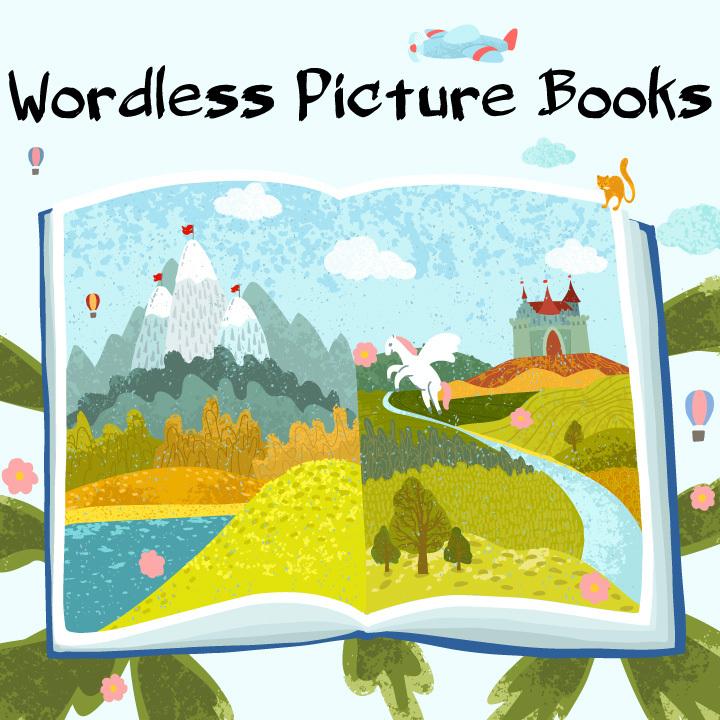
A wordless picture book? Not everyone is skilled at improv, so how do you read without words?
The Downtown Library will open at 12 PM today.
Downtown Library: 10:00 AM – 6:00 PM
Ellettsville Branch: 10:00 AM – 6:00 PM

A wordless picture book? Not everyone is skilled at improv, so how do you read without words?
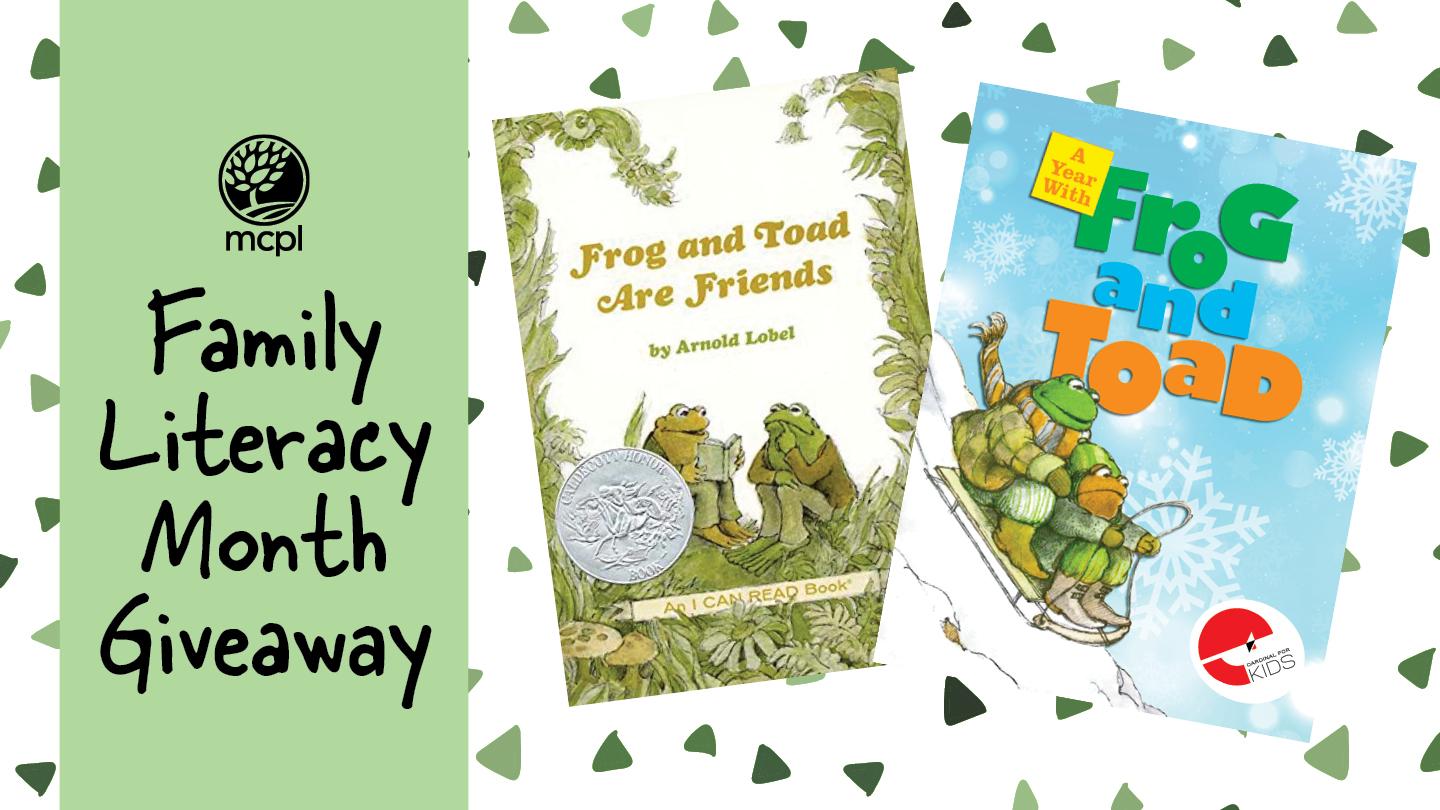
November is National Family Literacy Month––an opportunity to recognize and celebrate the important role that families play in the education of their children. This month we encourage you to explore our literacy resources and visit the Library with your family!
One of our favorite sets of children’s book characters is the timeless Frog and Toad. Arnold Lobel wrote and illustrated countless children’s books and received several awards for his work, including a Caldecott Medal, two Caldecott Honors, and a Newbery Honor.
Brazilian American siblings explore math concepts while trying to figure out who has more of their favorite snack. This story includes Portuguese vocabulary along with various measuring terms such as more, less, heavier, lighter, and eventually...equal! This includes a glossary for the Portuguese words used and tips for exploring math concepts with children. Recommended for children ages 3–6.
Reviewed by Christa S.

"Tails and Tales" summer reading games may be over, but we'll love that narwhal mascot for life! If you’re not ready for the end and want to learn more about narwhals, we can help!
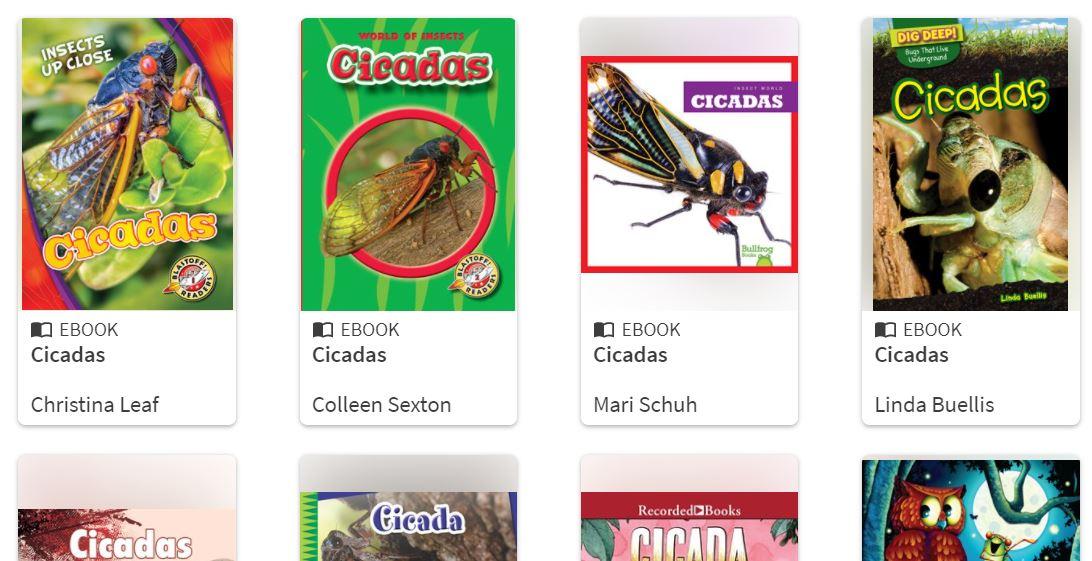
Brood X, the Great Eastern Brood of cicadas, has made the summer of 2021 a very loud and interesting season in Indiana. Dogs and birds alike have loved these natural protein snacks, but there is more to these weird insects than meets the eye (or ear).
According to National Geographic Kids, there are over 3,000 species of cicadas (Shaw, 2021). These 3,000 species are divided into 2 distinct groupings: annual and perennial. Only 7 species of cicadas fall into the perennial category, meaning they emerge en masse like Brood X (Shaw, 2021).
This week in our preschool arts program, Little Makers, we did two projects to help us celebrate and appreciate nature for Earth Day! First, we created nature journals by punching holes into paper and practiced our fine motor skills to string yarn through the holes. Then, we used markers to decorate and name our nature journals.
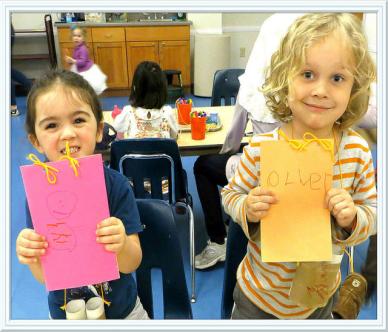
Here in the Children’s area, I have the privilege of working with caregivers, parents, and children almost every Tuesday at a program called Little Makers. This is an arts-based program where we strive to engage children and their caregivers with open-ended projects that support early literacy skills, an inquiry-based learning style and foster creativity. This week we did pasta painting and used pasta noodles in exchange for paint brushes!
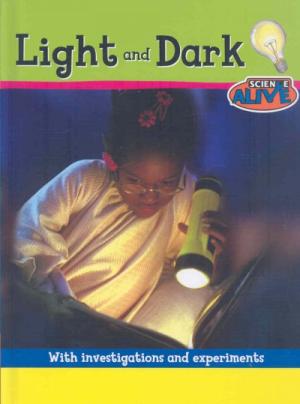
Groundhog's Day has come and gone, but the shadow of its promise of longer, warmer days lingers! For preschool science in February, we explored the world of light, reflection, and shadow. These activities are meant to promote lively discussions between children and their adult partners, which builds vocabulary and knowledge of the world.
As any parent knows, young children are curious about the world. At the library, we explore a range of topics during Preschool Science and Math. When the weather turns cold, I turn to one of my favorite themes for preschool science: Animals in Winter. Here are some of the activities we did in December!
Dressed for Winter